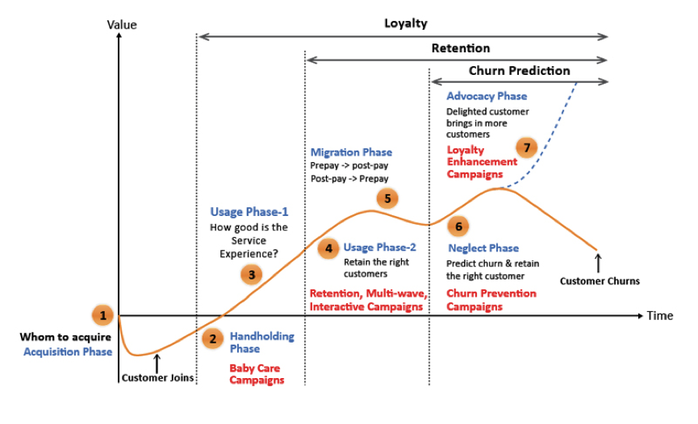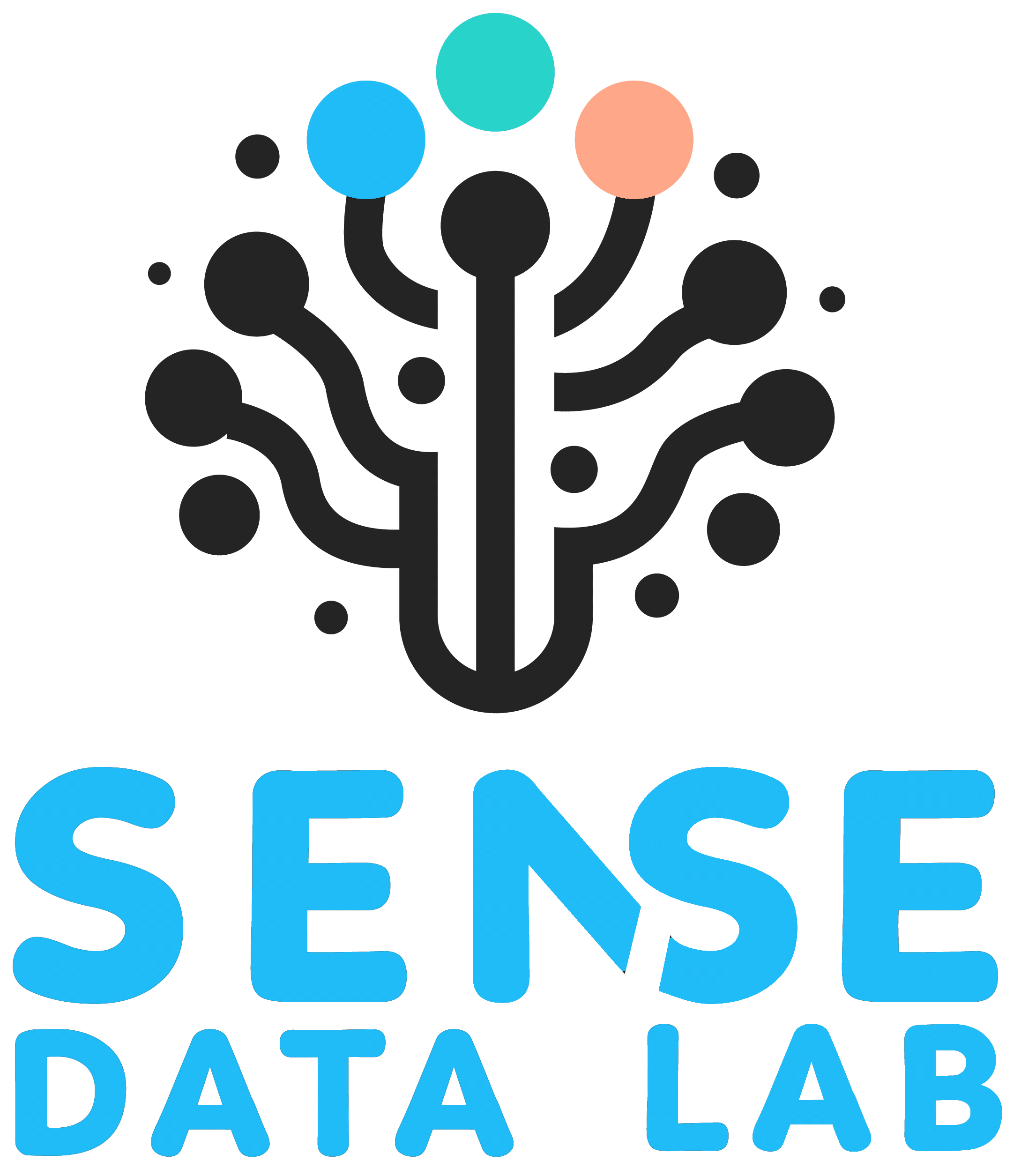As mentioned in a previous article having behavioural data is a great start to understanding your customer. But now that you have this data what can you actually do with it?
Your Customer
Most analyst or business looking at their data will ask themselves one question; how can I use the data to increase revenue for the business? Now we have all heard of the Pareto principle also known as the 80/20 rule, in business we often see this being applied to customer acquisition and retention i.e. 80% of your revenue comes from 20% of your customers.
This is a very generalised statement but for most businesses it rings true in the fact that the most loyal customers tend to have low acquisition cost for new services and products, in fact studies have found that it costs 5 times as much to gain new customers than to retain existing ones and on top of that existing customers will tend to spend more. Taking this into consideration it is important to look at how you would divide that precious marketing budget between your existing customers to ensure revenue is maximised.

Customer ID
To begin with whenever a customer comes to a webpage they are identified as a unique cookie id. This sits on the clients browser until it is deleted or it expires. From a retention standpoint this is not much use to the business as they cant tell whether or not this is an existing client or they are a prospect, also they will be identified as multiple users when they access the website through another device which creates further confusion.
You are however able to insert a tag on your website which will instruct google to assign this unique customer id from your crm system to a customer when they sign up.
What this essentially means is that user interactions on your website are stitched together with this unique identifier. All interactions just prior to the sign up as well as if a user comes to your website on his mobile will now be tied together with this unique ID assigned by you, essentially creating a fuller and clearer profile of your customer and their interactions.
You could now export this data and combine it with the data in your CRM system. We now have a customer profile which contains current activity matched with rich historical interactions that the customer had with your company, essentially allowing you to identify what stage of the lifecycle the customer is at and what their value to the business is.
Recency, Frequency, Monetary
When segmenting you might look at using the RFM model i.e. the recency of a customers interaction, the frequency of the interaction and the monetary value of that customer. From here you could segment into loyal + high value, likely to churn, active and growing and newly acquired and target the messaging and marketing budget accordingly. You could then use these segments to create remarketing lists, lookalike audiences and create email marketing campaigns.
The possibilities of creating a single view of your customer by combining data sets from the rich profile information housed in your database to the behavioural and activity information in your analytics platform allow for powerful opportunities in understanding high and low value customers and potentially improving your conversion and marketing channel efficiency.

Recent Comments